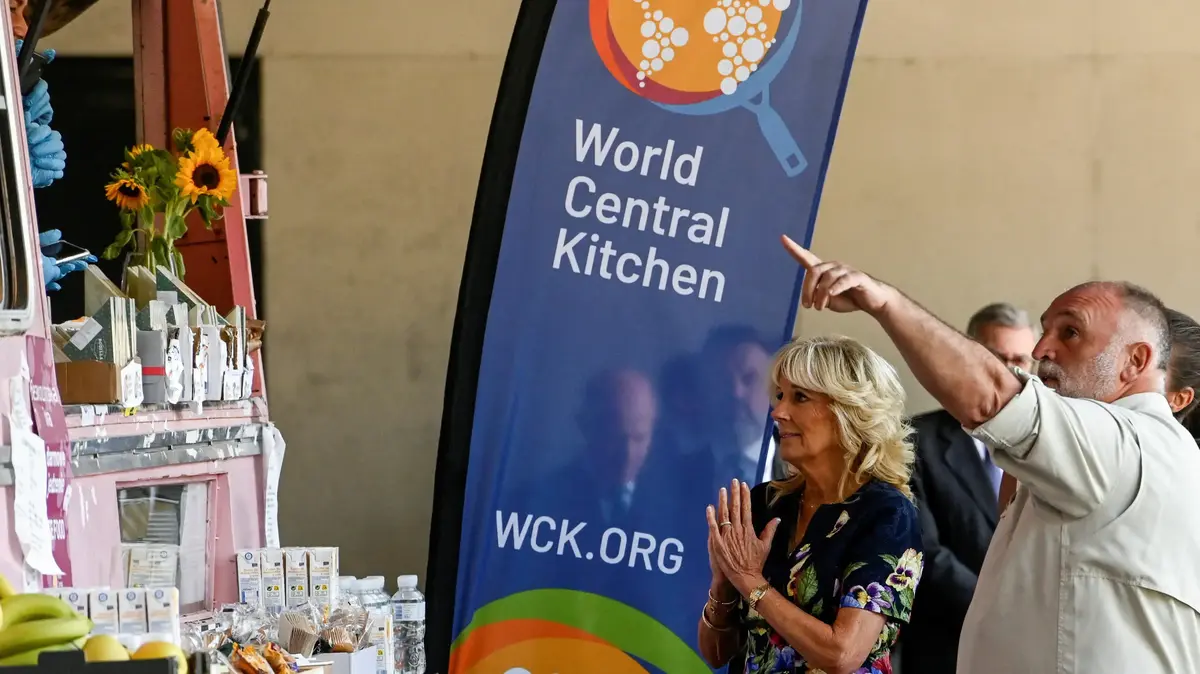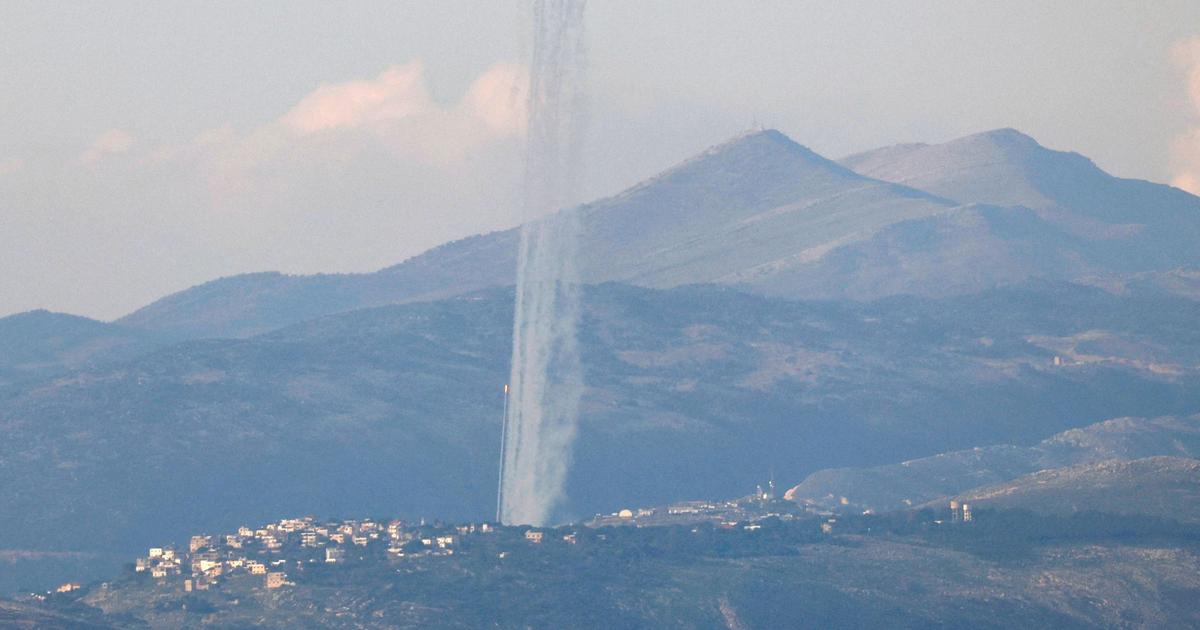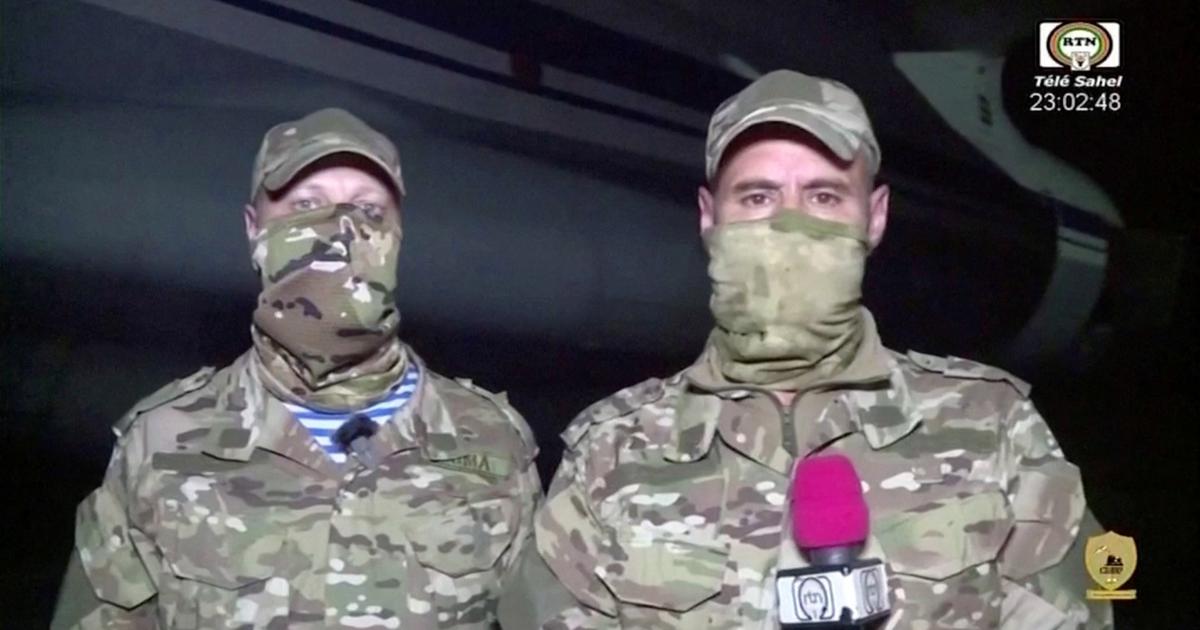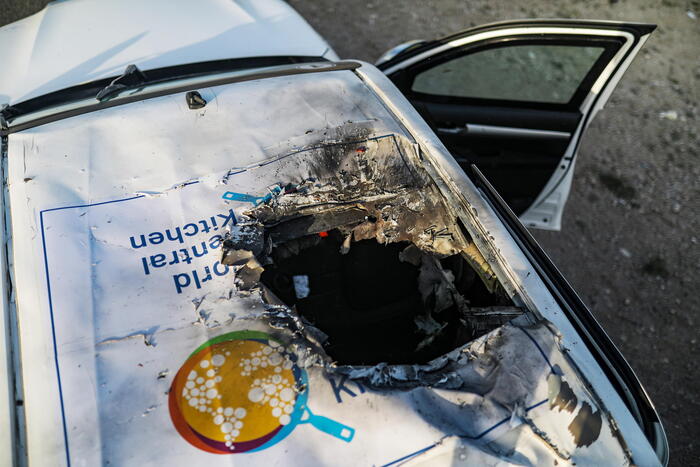The conflict in the Sahel causes more deaths each year and civilians, caught in a cycle of massacres and reprisals, are the first victims, reveal statistics and observers.
Read alsoCivilians, anonymous victims of the conflict in the Sahel
2,057 civilians have been killed in Mali, Niger and Burkina Faso since the start of 2022, already more than the 2,021 recorded for the whole of 2021, AFP noted from a compilation made by the Specialized NGO Acled.
“Our families are dying by the hundreds”
Since 2022, each month has its share of attacks.
And the names of villages now resonate like so many massacres that accumulate: in June, Diallassagou in central Mali (132 civilians killed) and Seytenga in Burkina Faso (86 civilians killed).
In May, Madjoari, in the east of Burkina Faso, (about fifty dead according to the authorities).
In March, Moura in central Mali (300 civilians killed by the army according to the NGO Human Rights Watch)... In total, according to Acled, 11,276 civilians have been killed in the three Sahelian countries since the start of the conflict in 2012.
"
Our families are dying by the hundreds, and it seems that people are not interested
," a Malian from the Ménaka region, also the scene of deadly clashes in recent months, told AFP.
Sitting in Bamako, staring blankly, he laments that the dead are sometimes only counted by range (“
tens, hundreds
”).
"
When it happens in the north of Mali in the desert, there is not often a press release from the State
", he laments.
“
So we bury them and we move forward
,” he concludes, fatalistic.
Read alsoIn the Sahel, Operation Barkhane is changing to escape the trap of getting bogged down
Between 2012 and 2017, civilian deaths numbered in the hundreds.
Then it suddenly sped up.
According to Acled, the bar of 1,000 civilian deaths per year in the Sahel was exceeded in 2018, that of 2,000 in 2019. In general, the multiplication of massacres has "
doubled the number of victims in the last two years
" in the Sahel, observes Mahamadou Abdouramahni, coordinator in Niger of the African Security Sector Network (ASSN).
"Indifference"
In the Sahel, "
civilians die in anonymity and indifference
", corroborates a Malian human rights defender, who does not wish to give his name.
“
While there are more and more!
“, he is indignant.
And the geographic area of violence is expanding.
Initially confined to northern Mali at the start of the conflict, they reached the center and neighboring countries, Burkina Faso and Niger.
Today, they are spreading to southern Mali, notes Bokar Sangaré, editor of the Malian news site Benbere.
And to certain coastal countries of the Gulf of Guinea, such as Togo, victim in early May of the first official deadly jihadist attack.
The main actors in the conflict are pointed out: the national armies, the jihadist nebula of al-Qaeda or the movement affiliated with the Islamic State group.
The latter, which operates mainly in the border regions between Mali, Niger and Burkina Faso "
has always been in a strategy of violence against the populations to establish its domination
", underlines Mr. Sangaré.
Read alsoInternational mobilization against the risk of famine in the Sahel
Many observers attribute the recent Seytenga massacre to the Islamic State, although it was still unclaimed as of Monday.
"
They opened the doors of the houses to go in and execute
", "
they shot at those who tried to flee
", survivors told AFP a few days later.
Unable to stop the violence
The number of civilians killed in attacks attributed to extremist groups has almost doubled since 2020 and that attributed to the defense forces "
started up again dramatically at the beginning of 2022
", noted recently the Citizen Coalition for the Sahel, a coalition of West African NGOs.
Despite years of military intervention, the actors present (States, UN, foreign armed forces) have been unable to stem the violence against civilians and the outlook is not improving, all interviewees agree.
Read alsoAre the national parks of the Sahel jihadist sanctuaries?
They cite several reasons for concern: an " all-military
" strategy still in place
unanimously adopted in response to the jihadist expansion (still proven at the end of June by the establishment of "
zones of military interest
" where "
all human presence is prohibited
" in Burkina Faso), the inability of States to control the vast rural areas where jihadists proliferate, the amalgams still present between certain nomadic communities and jihad, the definitive withdrawal of Barkhane's French armed forces from Malian soil in come... This withdrawal, scheduled for the end of the summer, "
will have consequences for the protection of civilians
", worried in early June the Secretary General of the UN Antonio Guterres.

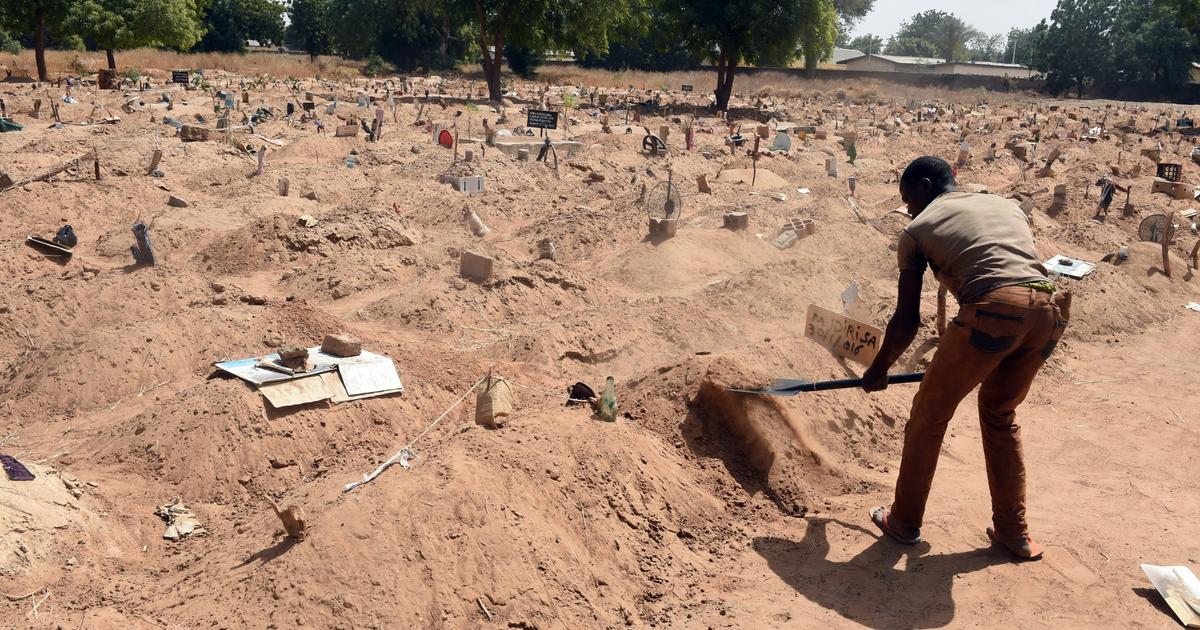
/cloudfront-eu-central-1.images.arcpublishing.com/prisa/KEJKPQHVMJAPJONPEDK42JL56U.jpg)

